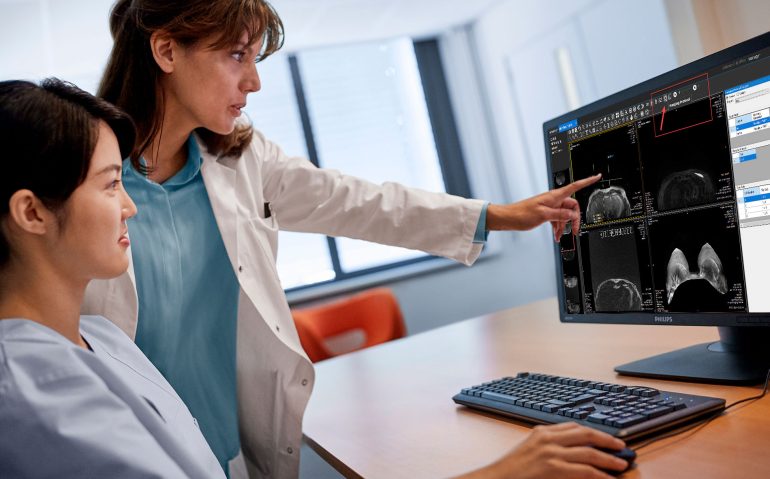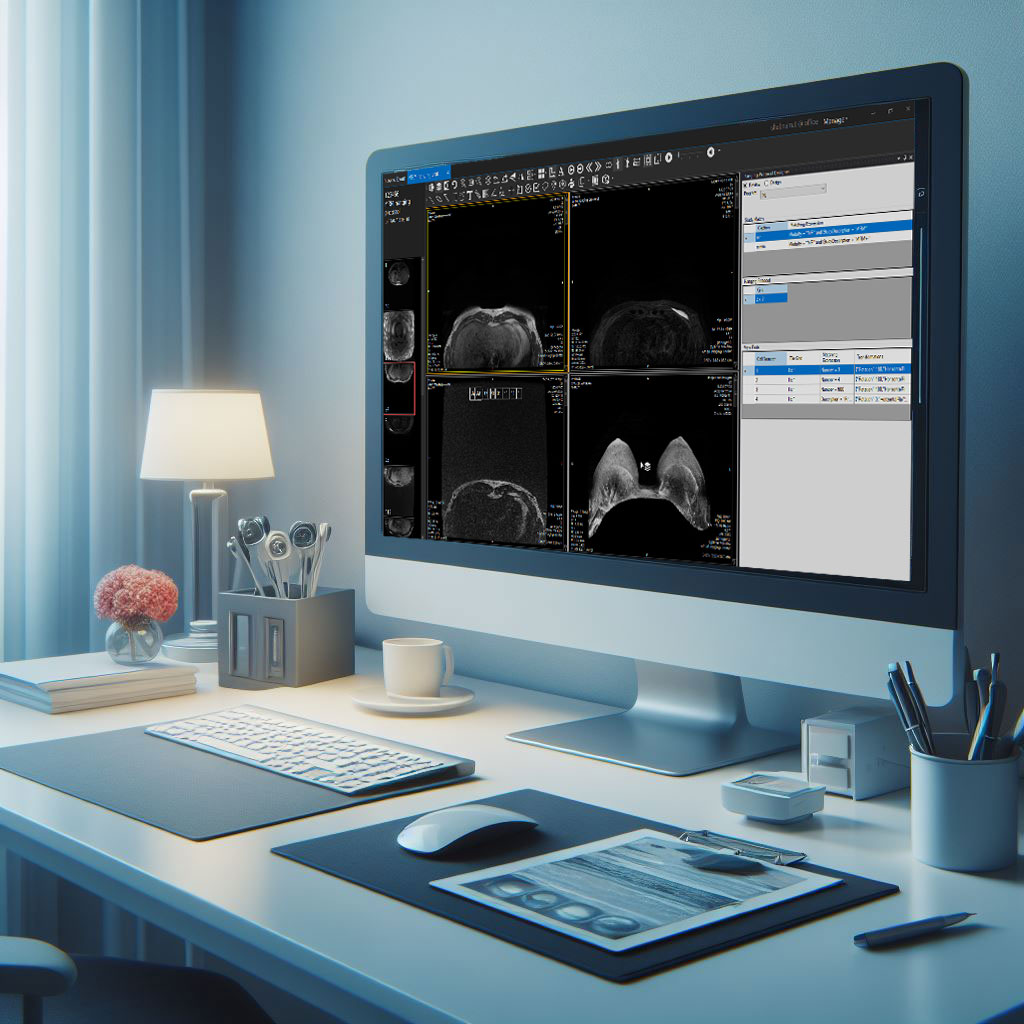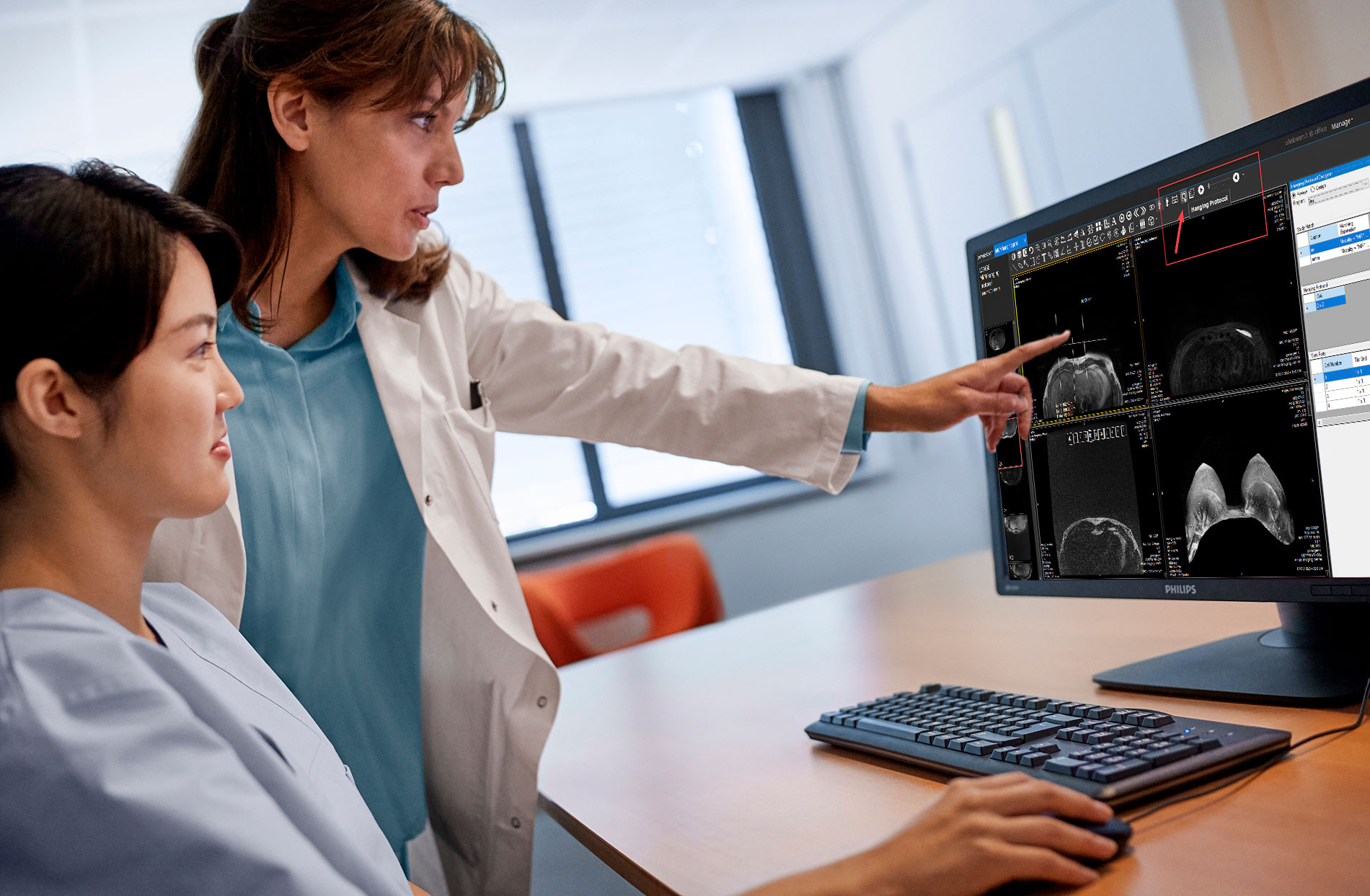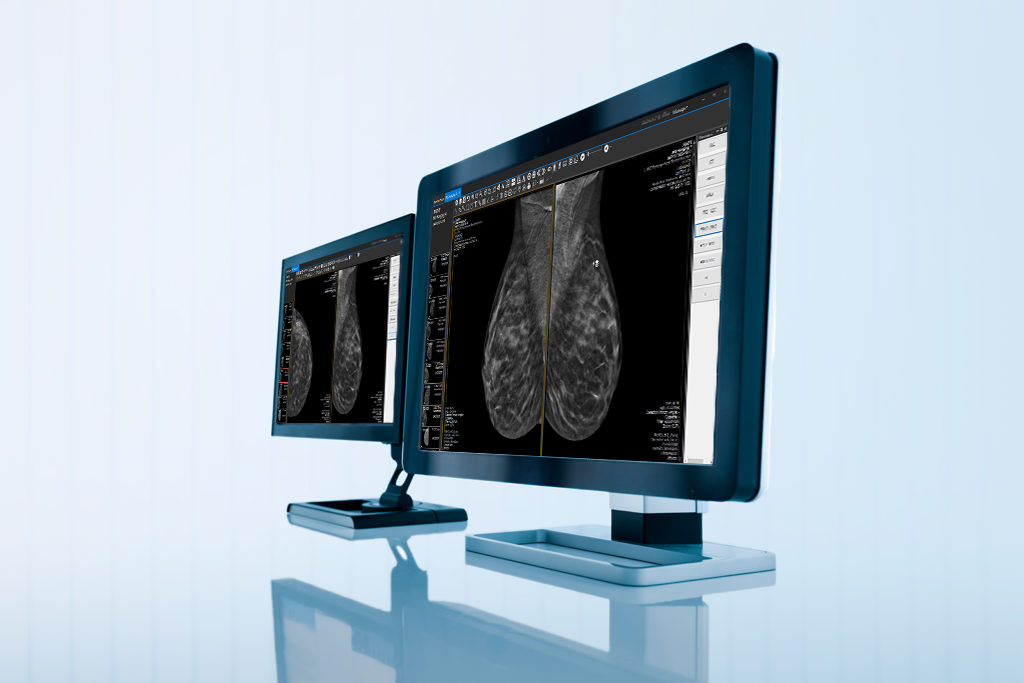In the ever-evolving landscape of modern healthcare, medical imaging plays a crucial role in diagnosing and treating a myriad of conditions. Central to this field are hanging protocols—predefined arrangements for displaying medical images on radiologists’ workstations. These protocols have significantly transformed the efficiency, accuracy, and consistency of medical imaging, impacting patient care and clinical outcomes.
The Evolution of Hanging Protocols
In the past, radiologists manually arranged images, a time-consuming and error-prone process. Each radiologist had their own preferences for viewing images, leading to inconsistencies and inefficiencies. This lack of standardization often resulted in delays and potential misinterpretations, especially in complex imaging studies like mammography, where early detection of abnormalities is crucial.
With the advent of hanging protocols, these challenges have been largely mitigated. Hanging protocols automate the arrangement of images based on predefined rules tailored to specific imaging studies and individual radiologists’ preferences. This automation has streamlined workflows, reduced variability, and enhanced the overall quality of radiologic interpretations.
Enhancing Workflow Efficiency
One of the most significant impacts of hanging protocols is the improvement in workflow efficiency. By automatically displaying images in a consistent and organized manner, hanging protocols eliminate the need for manual arrangement, saving valuable time for radiologists. This efficiency gain allows radiologists to focus more on image interpretation and diagnosis, rather than on administrative tasks. You can check out this article on our blog to see how NESTOPIAA’s hanging protocols work.
For instance, in a busy hospital setting, a radiologist like Dr. Emily Turner can review more cases in a day due to the time saved by using hanging protocols. This increased productivity translates to faster diagnosis and treatment for patients, improving the overall efficiency of the healthcare system.
Improving Diagnostic Accuracy
Hanging protocols also contribute to enhanced diagnostic accuracy. By ensuring that images are displayed consistently, these protocols help radiologists identify subtle changes and anomalies that might otherwise go unnoticed. In mammography, for example, having a standardized view of sequential mammograms over several years enables radiologists to detect early signs of breast cancer, which can significantly impact patient outcomes.
Dr. Turner recalls a case where a small, but crucial change in breast tissue was identified early thanks to the consistent display of images. This early detection led to prompt treatment and a positive outcome for the patient, highlighting the life-saving potential of well-implemented hanging protocols.
Facilitating Collaboration and Communication
In modern medical practice, collaboration among healthcare professionals is essential. Hanging protocols facilitate better communication among radiologists and between radiologists and referring physicians. When all parties view the images in the same standardized manner, discussions and consultations become more efficient and effective.
For instance, in a multidisciplinary team meeting, having a consistent display of images allows all members to focus on the same details, leading to more accurate and cohesive decision-making. This collaborative approach is vital in complex cases where input from various specialists is required.
Personalizing Radiologic Practice
Another significant advantage of hanging protocols is their ability to personalize radiologic practice. Advanced hanging protocols, particularly those integrated with artificial intelligence (AI), can learn and adapt to the specific preferences and needs of individual radiologists. This customization enhances the radiologist’s comfort and efficiency, leading to better diagnostic performance.
At NESTOPIAA, for example, AI-driven hanging protocols provide precise measurements and customized development tailored to the radiologist’s style. This personalized approach not only improves the radiologist’s workflow but also ensures a higher standard of care for patients.
The Future of Hanging Protocols in Medical Imaging
Looking ahead, the integration of AI and machine learning into hanging protocols promises to further revolutionize medical imaging. AI can analyze vast amounts of data to continuously refine and optimize hanging protocols, making them more intuitive and effective. This evolution will likely lead to even greater efficiencies and diagnostic capabilities, benefiting both radiologists and patients.







